Fly12 Sport
Get the most out of your Fly12 Sport
-
SAVE 30%

Duo Mount
USD $45.49 Add to cart -
SAVE 30%
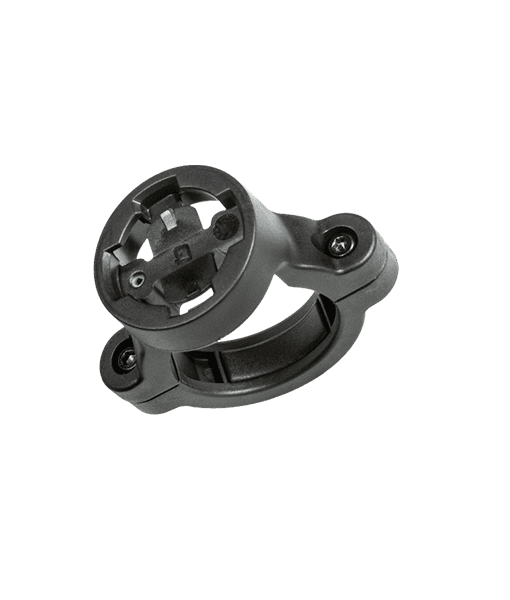
Fly12 – Handlebar Mount
USD $16.49 Add to cart -
SAVE 30%
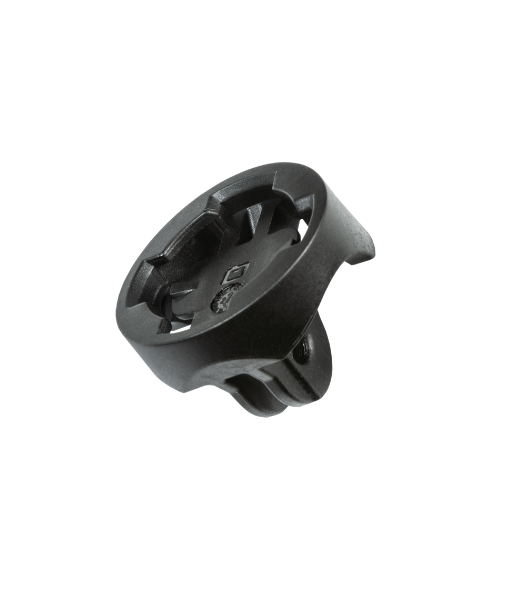
Universal Adaptor Pack
USD $11.89 Add to cart -
SAVE 30%

microSD OTG Card Reader
USD $13.99 Add to Cart -
SAVE 30%
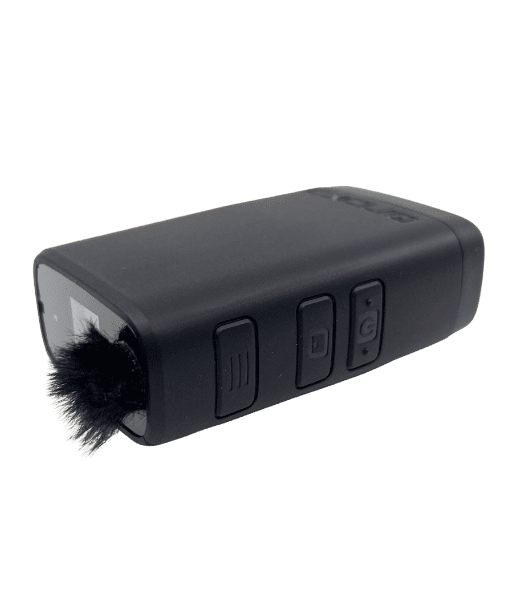
Microphone Filters
USD $11.89 Add to cart -
SAVE 30%

Cycliq 64GB microSD Card
USD $24.49 Add to cart -
SAVE 30%
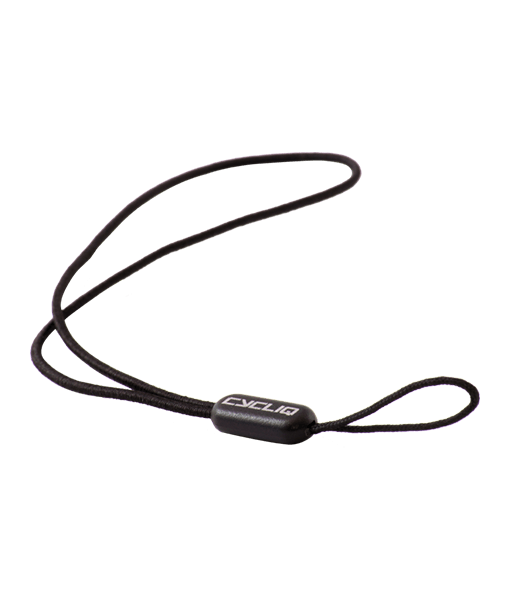
Tether Pack
USD $15.39 Add to cart -
SAVE 30%
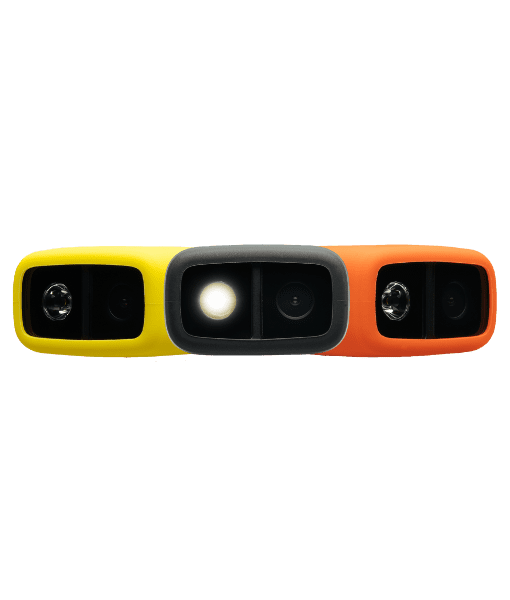
Fly12 Sport Silicone Case
USD $13.99 Add to Cart -
SAVE 30%

Fly12 Sport Lens Protector Pack
USD $11.89 Add to cart

 Fly6 GEN 3
Fly6 GEN 3
 FLY12 Sport
FLY12 Sport
 Black Flyday Bundle
Black Flyday Bundle
 Fly12 Sport Bundle
Fly12 Sport Bundle Fly6 GEN 3
Fly6 GEN 3 Fly12 Sport
Fly12 Sport Mounts
Mounts Cases
Cases View All Accessories
View All Accessories Jackets
Jackets